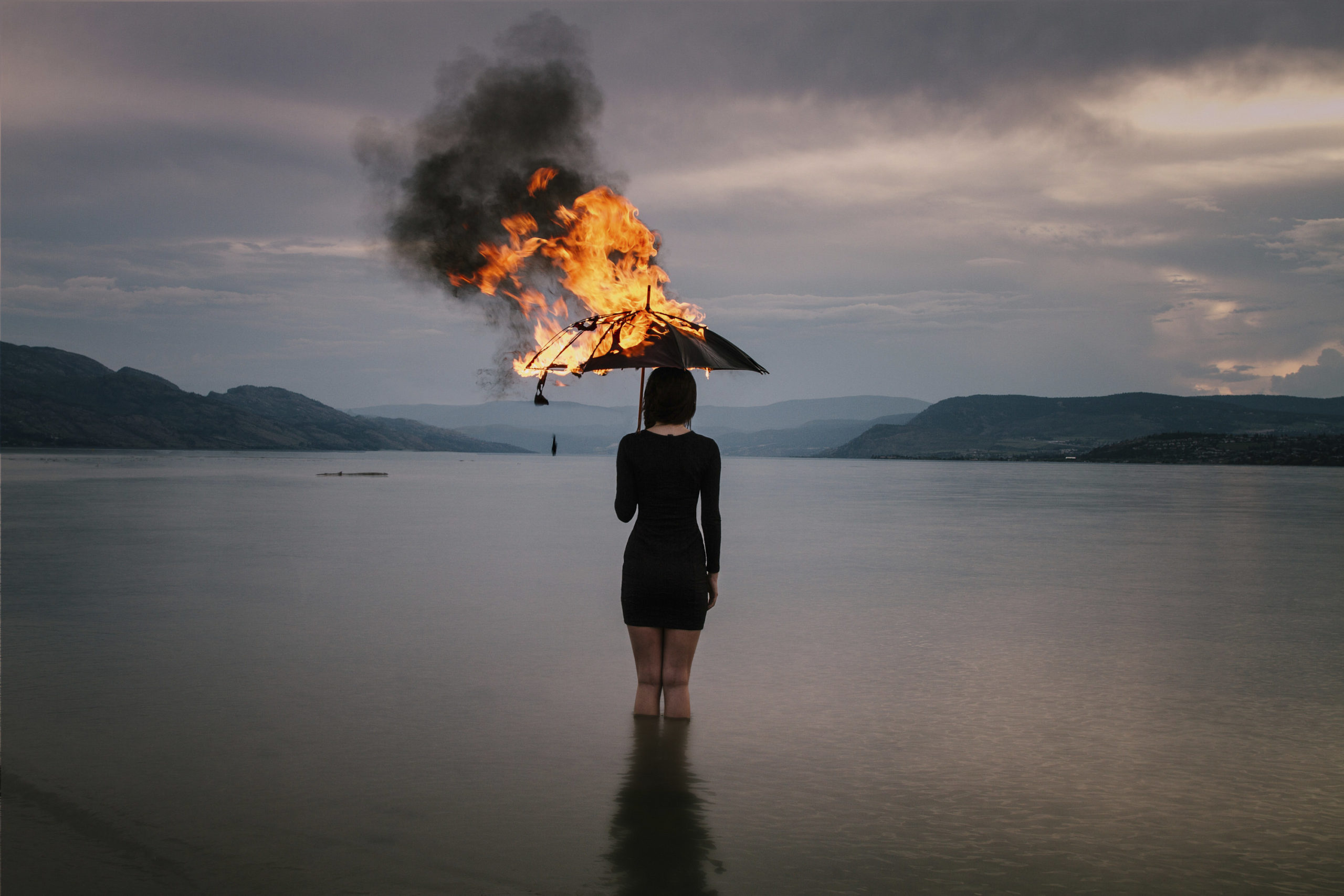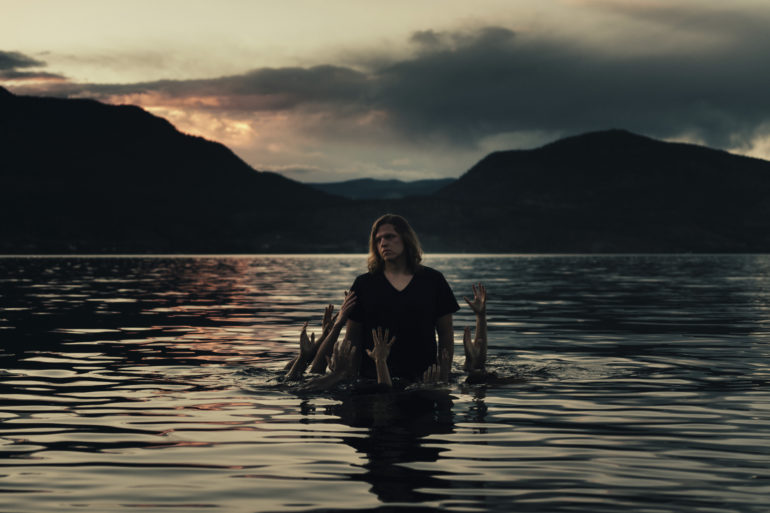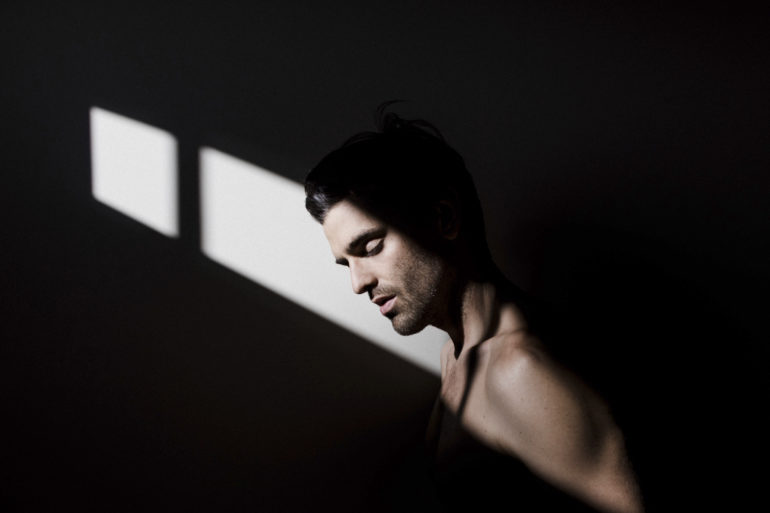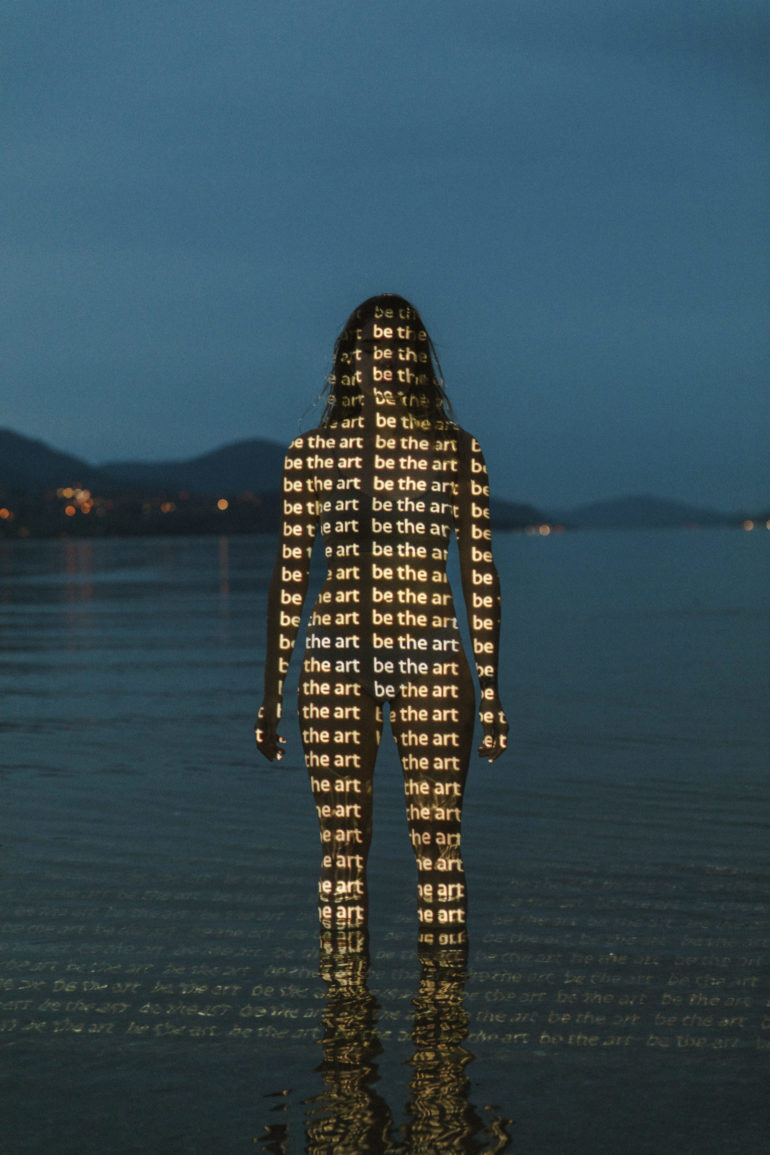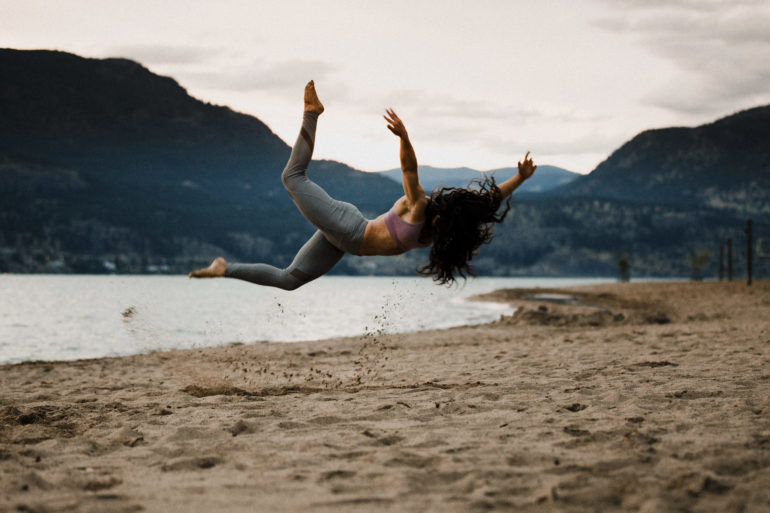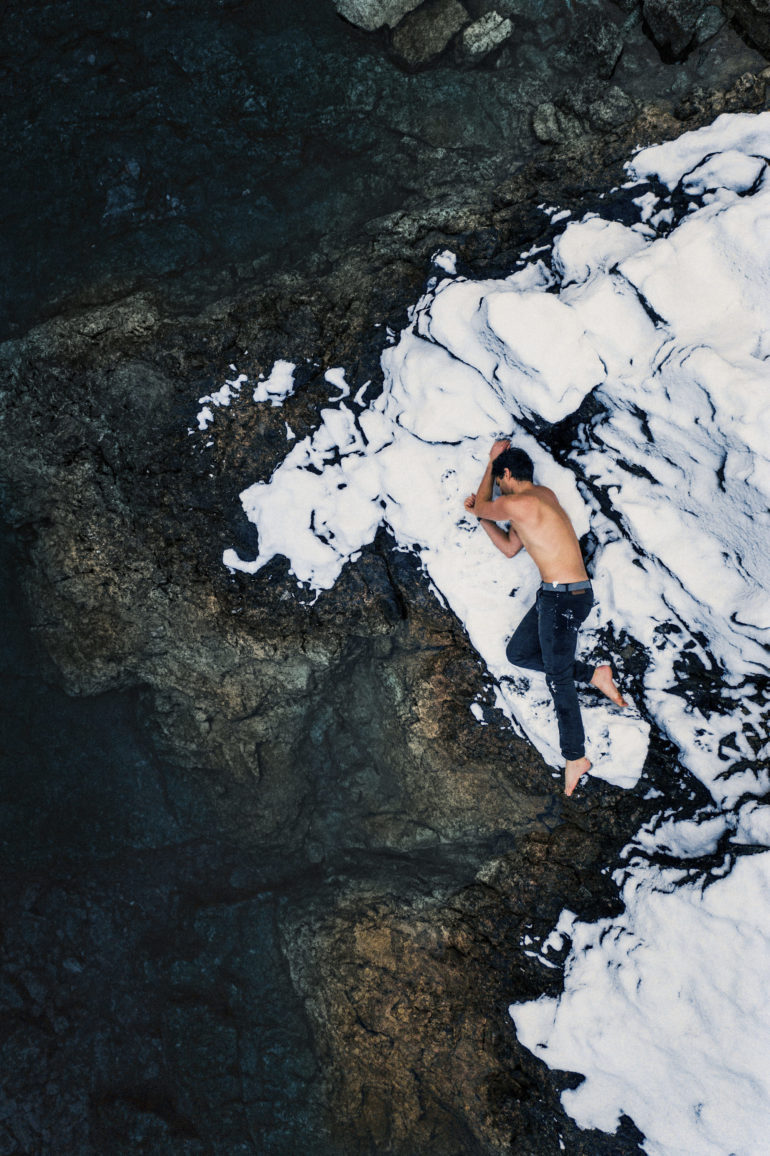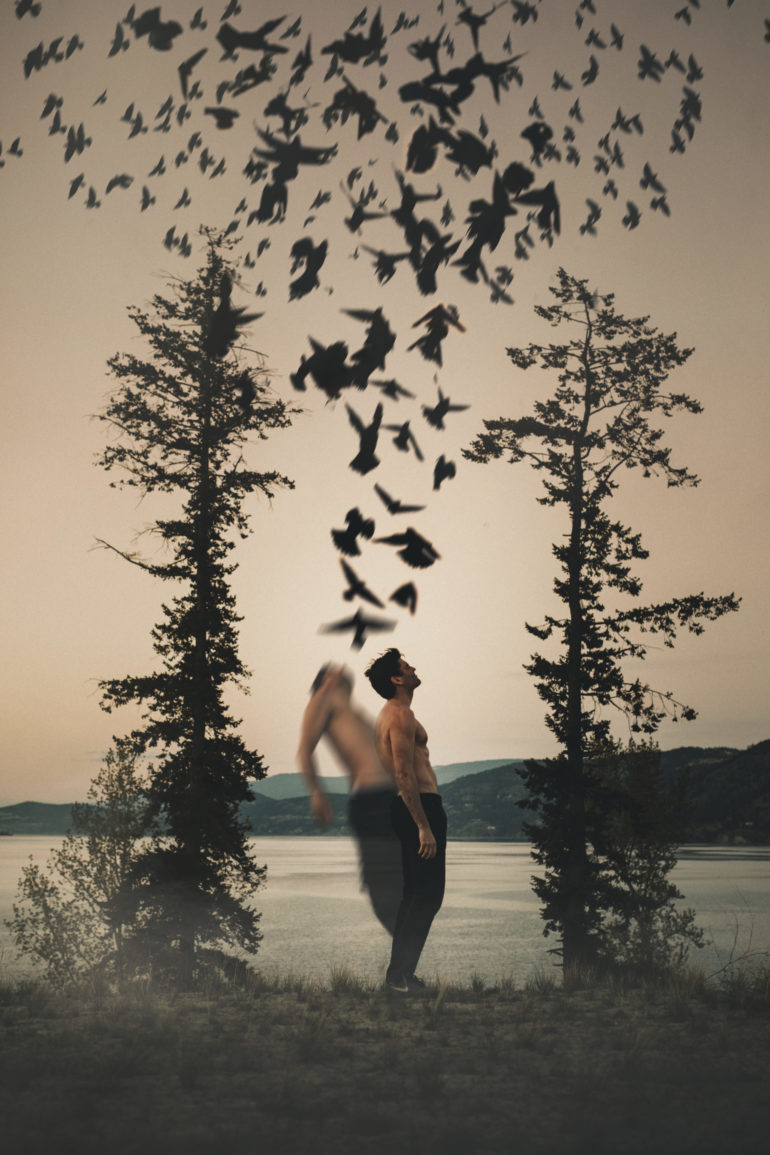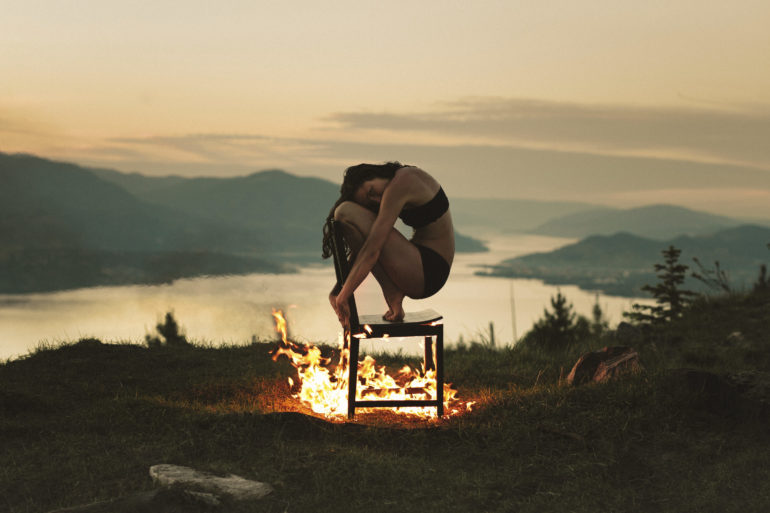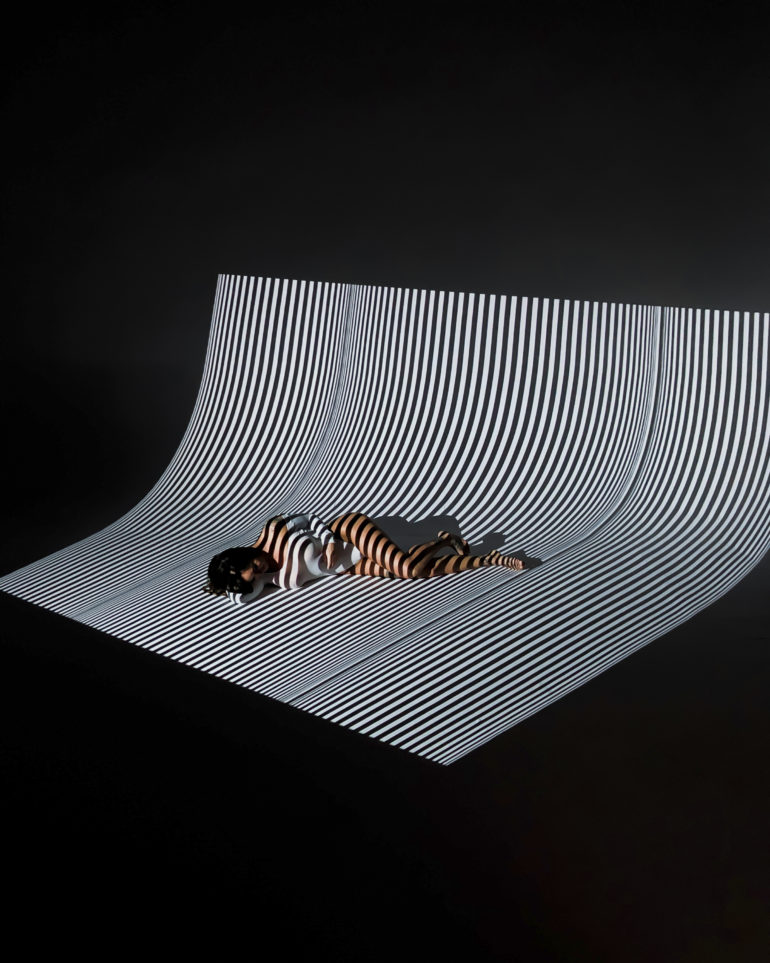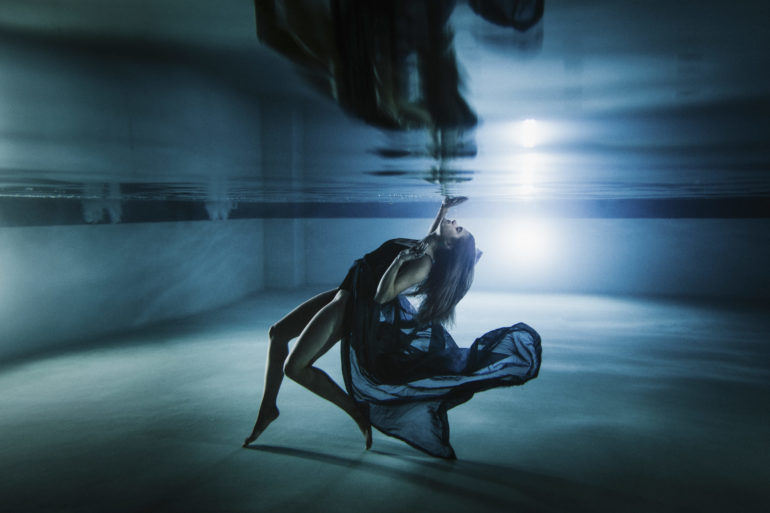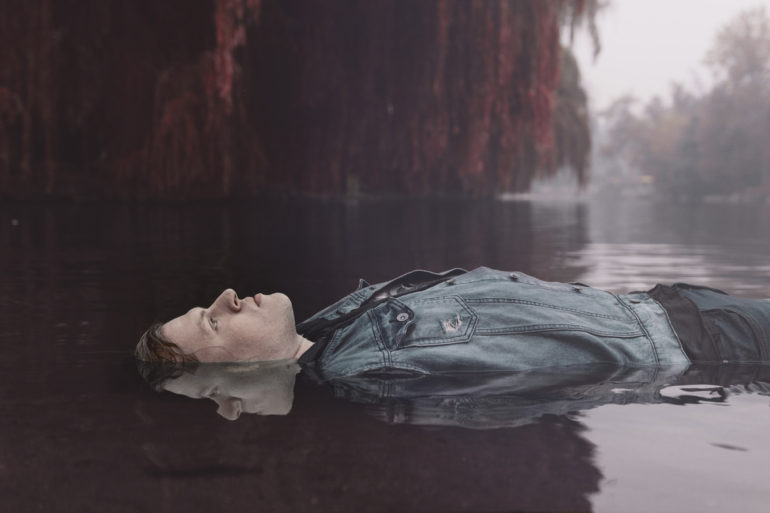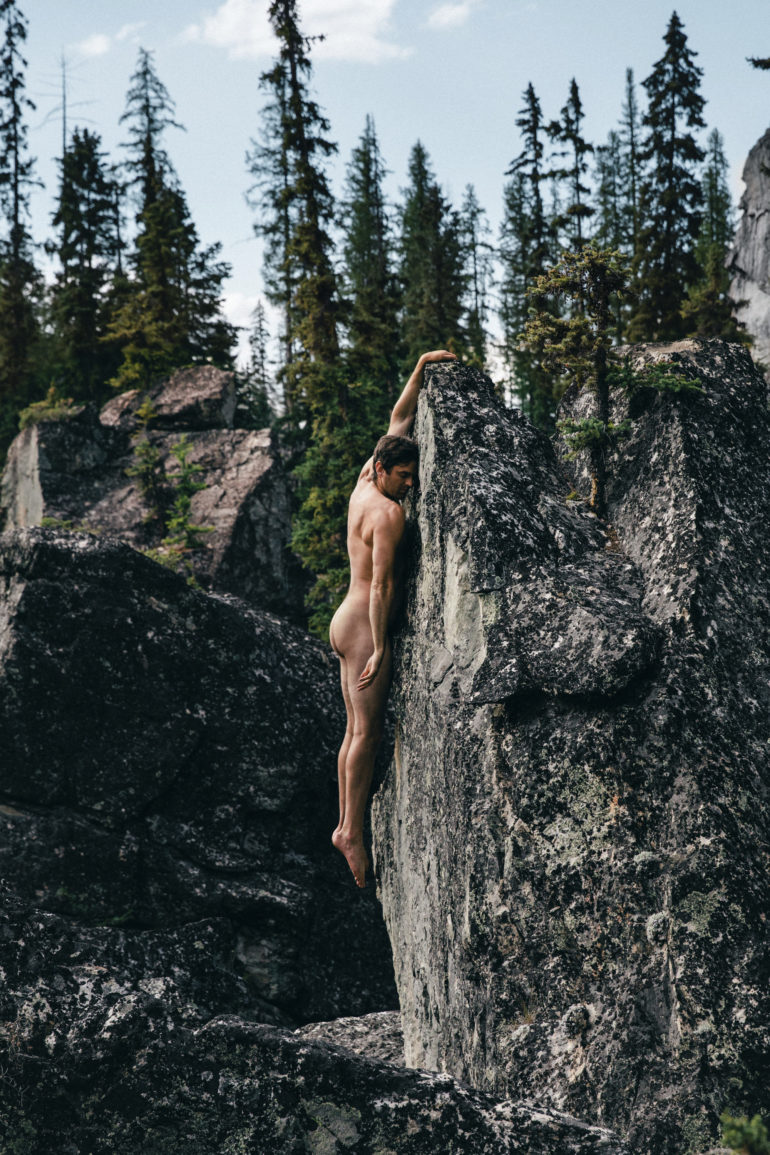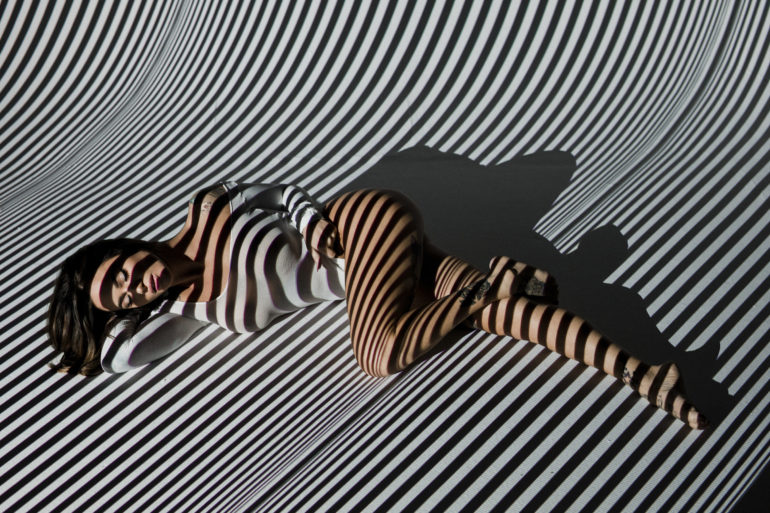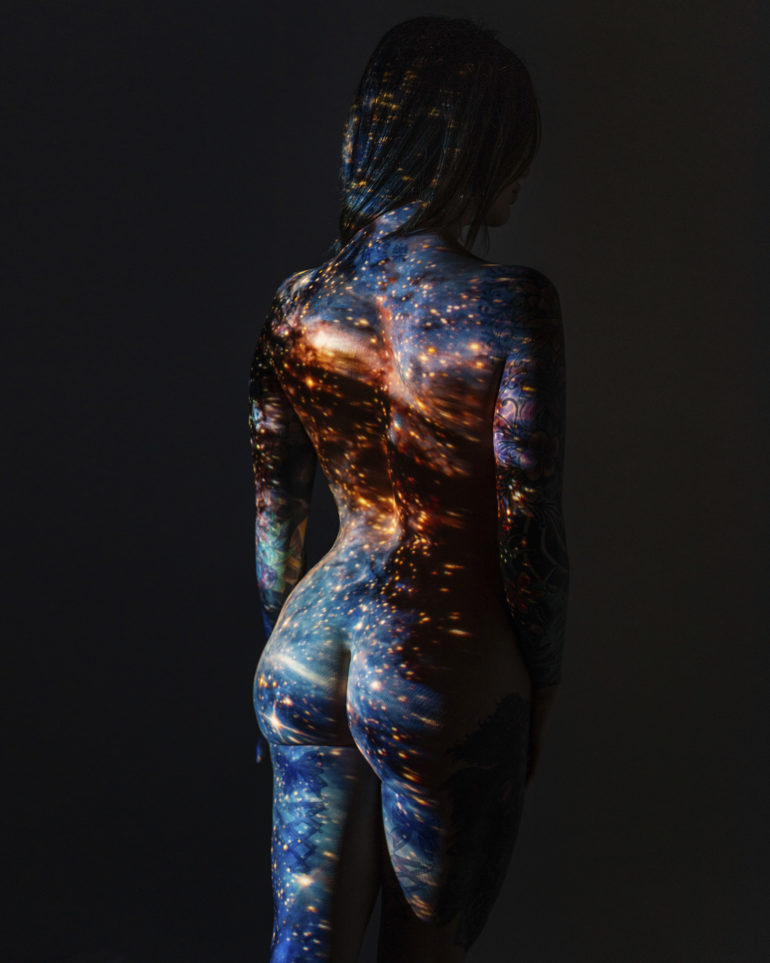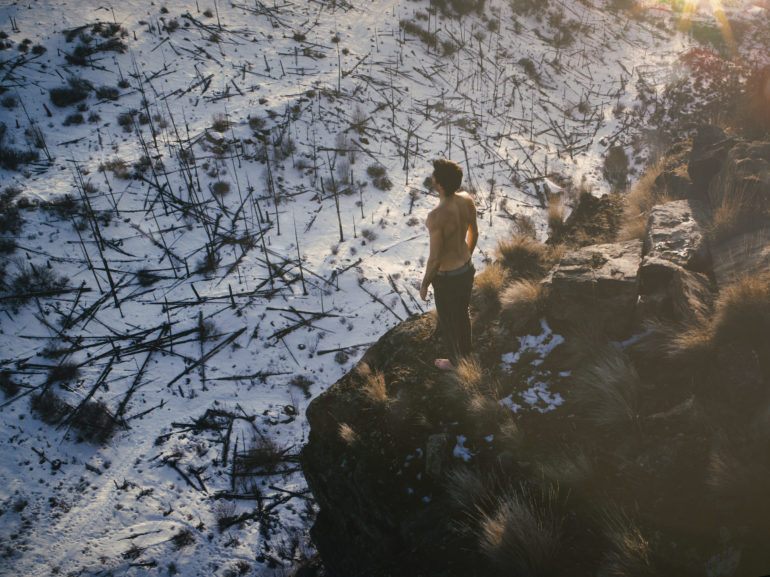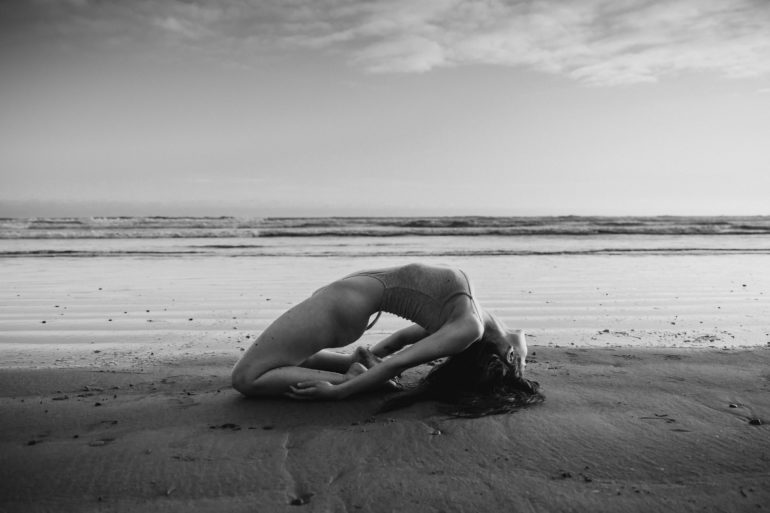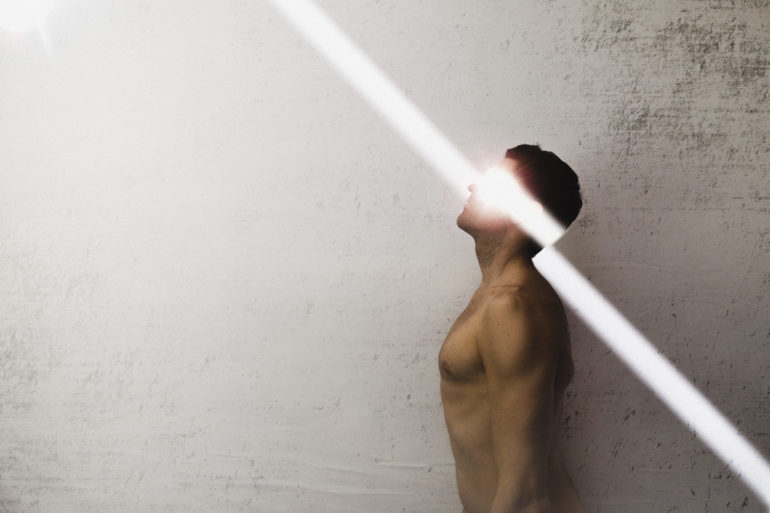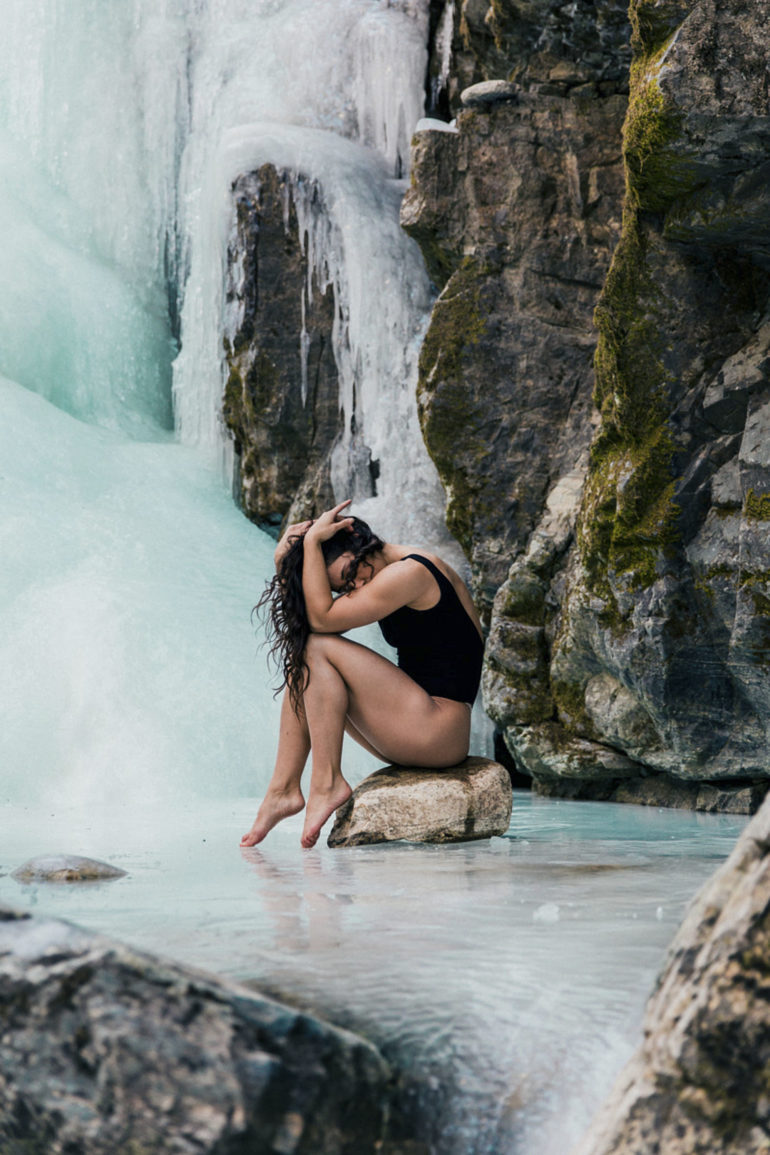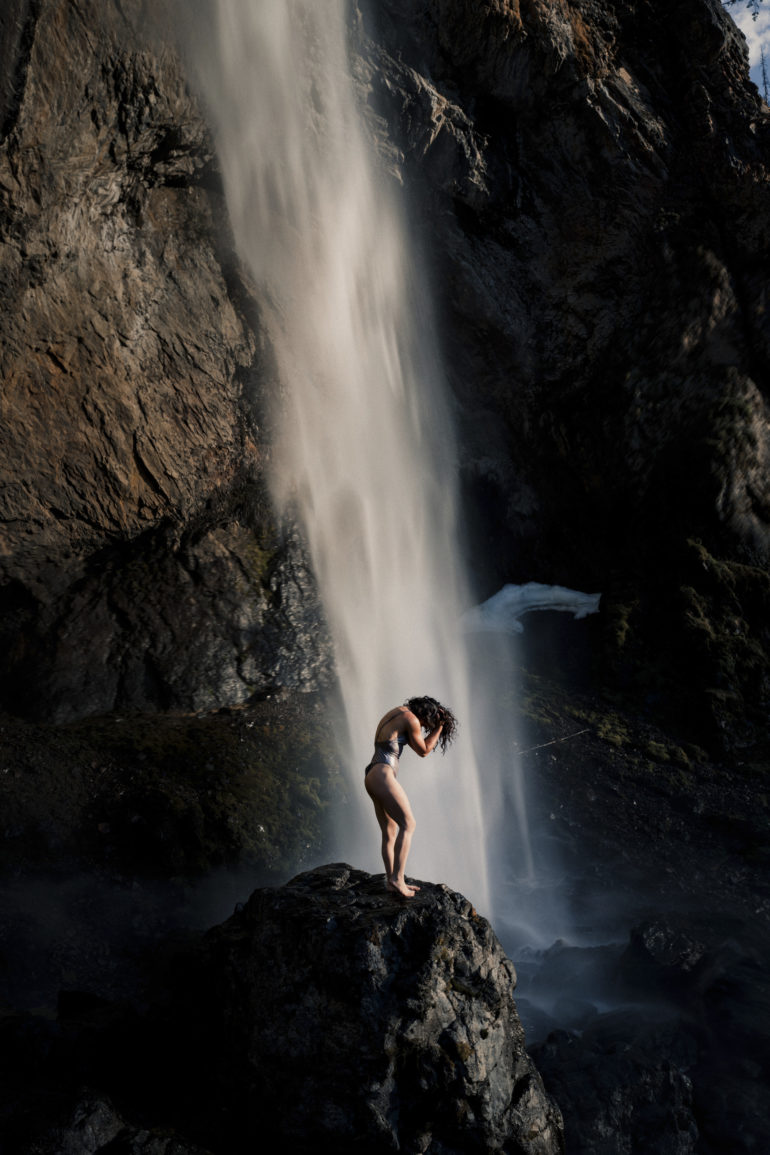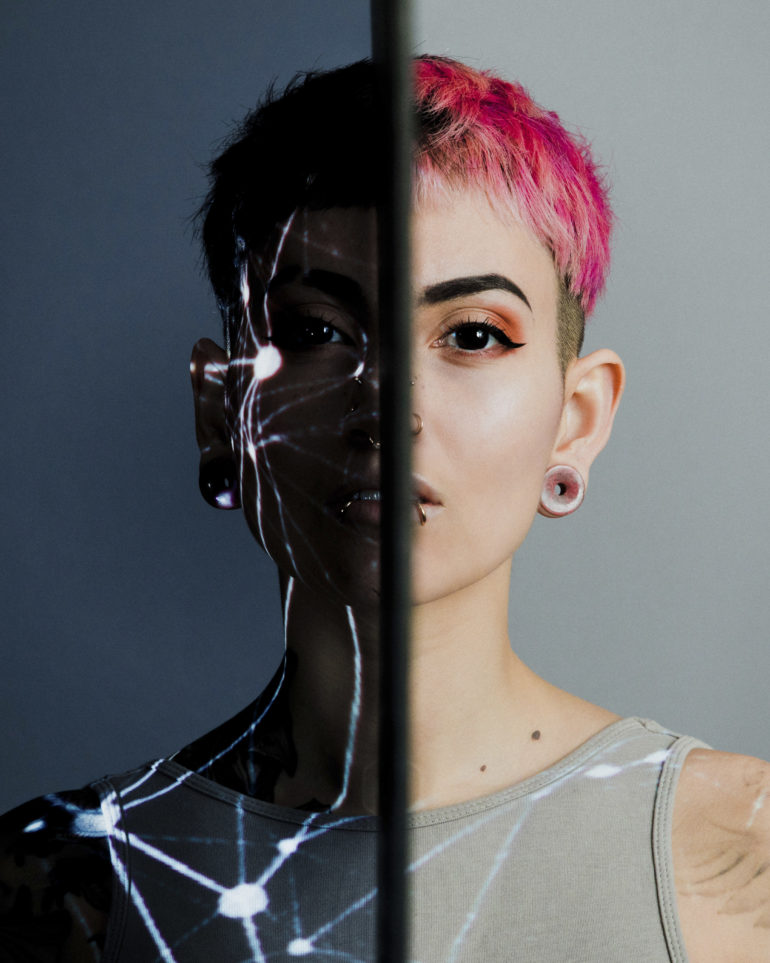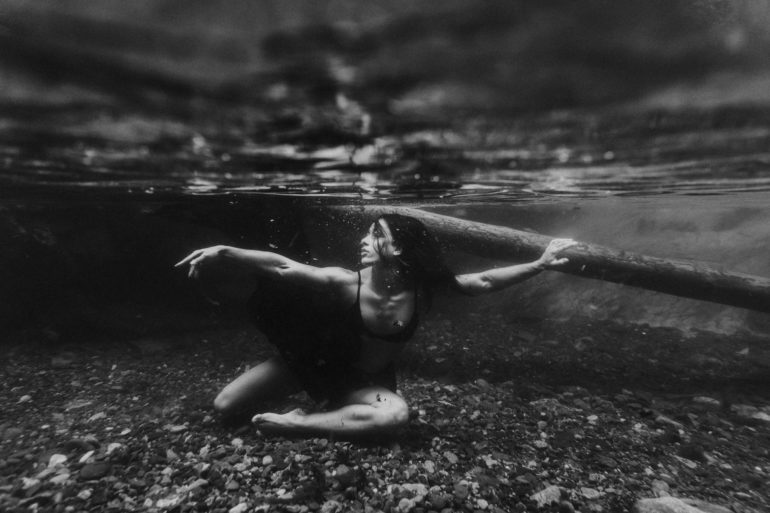All images by Clayton Arnall. Used with permission. Check out his Instagram and website.
“…as time’s gone on, I’ve become more comfortable putting people into the positions I want to see,” photographer Clayton Arnall relates to us. “I tend to do most things in-camera, yes.” Clayton is a Kelowna, BC-based creative who shoots video and stills. Much of how he creates comes from his cinematic background and an ability to be in-tune with the moods of others around him. This makes him a photographer who is mostly about getting it right in camera despite admitting to using Lightroom and Photoshop a lot. But more importantly, Clayton says his work is about the people he works with and his own unique, creative vision. Oh, and he finds Instagram difficult.
Phoblographer: Talk to us about how you got into photography.
Clayton: I’ve always loved photography, even from a very early age. When I was 10 years old I used to look at camera brochures, and read camera manuals to figure out how they work. When I was about 11, I got my first SLR which was a Canon Rebel film camera. This was in the early 90s so digital cameras weren’t really a thing yet. It wasn’t until my 20s that I started to take it more seriously. I’ve always been drawn to artistic portraiture, especially ideas with a bit of mood to them.
Phoblographer: What made you want to get into portraiture specifically?
Clayton: I’ve always found beauty in the human form. I like interesting shapes that can be found with creative posing. I like using shadows to paint a specific mood. I’ve always been attracted to full-body type shots, especially if my subject is in some kind of beautiful outdoor scene.
Phoblographer: The trend of putting people in nature and making them a small part of the photo has been around for years. It’s a cinematic look. But your images put a bigger emphasis on people more than what we’ve seen on the web. When you work with people, do you feel like you’re genuinely collaborating with them or are they just part of the canvas you’re painting?
Clayton: I think when I was starting out, I relied more on interesting models or friends to pose themselves. I still like to collaborate with people and use their natural gifts and talents in creative ways. Especially bendy people that are willing to put themselves into interesting poses that might be unconventional. However, as time’s gone on, I’ve become more comfortable putting people into the positions I want to see. So overall I would say it’s a mix. I like to create specific scenes I dream up in my mind sometimes, but I also like to see what ideas other people bring to the table.
Phoblographer: Your ideas are incredible and ones we haven’t really seen in years but have always been in love with. Where do you get your ideas from?
Clayton: In some ways, it’s a simple and hard question. I make these photos because I like doing it. I find it’s a bit of an escape from our overly practical and literal lives. As for ideas and where they come from, I am constantly lost in thought and inventing things in my head. I think of too many ideas every single day to be honest, anywhere from simple to utterly ridiculous. I generally try to filter them down into ideas that are actually plausible given my location and budget. What good is an idea if you have to travel to India to make it happen? I find the best ideas make use of what you have available that would otherwise cost a lot of money for somebody else. For example, I may not be able to shoot New York street scenes, but I have a lot of mountains around me. People from New York would have to travel a long way and pay a lot of money to shoot the things I can shoot for free. It’s actually a lesson I learned from Robert Rodriguez’s book “Rebel Without a Crew”. That book is about making low budget movies but it’s the same concept. Do you have a turtle? Put it in the movie. A Hollywood film would have to hire an animal wrangler just to get the same turtle you could get for free.
Phoblographer: How do you feel you connect your emotions to photography? For lots of folks, connecting their feelings and putting them into images is difficult.
Clayton: I think I’m often confused about how I feel. I find that I’m more in tune with how other people feel rather than how I feel. And because of this conundrum, I’m often confused whether the feeling I’m feeling is mine, or somebody else’s. So rather than connect my feelings with the image while I create it, I just make the image without consciously thinking about my emotions. Then after it’s complete, I allow myself some reflection and from there I find I can connect my emotional state to the image. It’s almost like making the art is what organizes my feelings into tangible things.
“I think of too many ideas every single day to be honest, anywhere from simple to utterly ridiculous. I generally try to filter them down into ideas that are actually plausible given my location and budget. What good is an idea if you have to travel to India to make it happen?”
Phoblographer: If we were to categorize you as either a documenter or a creator, we’d call you a creator for sure. But you’ve got a documentary side too. What side do you see yourself developing more over the next year or so?
Clayton: A couple years ago I was working on a documentary series called Passionate Nobodies. The goal was to find passionate people and help tell their stories in creative ways. While I enjoyed that project and even had a few of the films shown in international film festivals, I find documenting slightly less fulfilling than creating the content myself from scratch. In the next year, I plan on shooting a lot more creative photography both outdoor and in a new studio I’m putting together. But also, I plan to produce more short films centering on my own ideas rather than other people’s stories or ideas. In the last few months, I’ve been posting a lot of research-based videos about various psychological topics and I’ve been surprised how well they’ve been doing. Eventually, I would like to combine this ‘idea’ style of video along with some more creative cinematography to hopefully produce some really unique creative films.
Phoblographer: You’re really in love with photographing in lakes and rivers. What do you feel they do for your images?
Clayton: I’ve always loved the water. I live in Kelowna, BC, which is in a large valley full of lakes, rivers, and streams. I try to spend as much time as I can in the water either surfing down at the coast or kitesurfing up here on the lakes. The water represents peace to me. I always feel good when I’m out on the water.
Phoblographer: What photographers have influenced you? How do you feel they’ve helped mold you?
Clayton: A lot of my favorite photographers aren’t even that well known. I think I’m attracted to things that might be considered dark and weird to most. Here are a few photographers I really like:
- Juliette Jourdain for her self portraits
- Corwin Prescott for his outdoor portraiture,
- Thomas Holm for his outdoor portraiture and creative use of the human form
- SUD (@shotbysud on Instagram) for his strange conceptual portraiture
- Haris Nukem for his conceptual fine artwork
Phoblographer: Talk to us about the image you feel helped solidify who you are as a creative and your creative identity.
Clayton: When I think back, there was one particular shoot that sort of solidified my style I believe. It was back in about 2015, and it was a shoot with a model named Ashleigh Rae. It was a conceptual composite photo with an umbrella on fire in the lake. I like it because it’s something you have to look at for a moment to fully take in.
Phoblographer: Your Instagram has a ton of your work, and your website is a carefully curated selection that gets overshadowed by Instagram’s algorithm. What are your thoughts on Instagram? Do you feel it burns you out as a creative?
Clayton: I feel like I’m not very good at Instagram. It demands more frequency that my brain can keep up with. It’s one of the reasons I really like Youtube lately. You can make a video and it will continue to show to new people weeks, months or even years later. Instagram is based on constant posting and once an image is a day old, it doesn’t really get seen much anymore. However, the reality is I don’t make images for Instagram, I make them for me. I’d have to be taking Instagram much too seriously I think in order for it to have the power to burn me out.
Phoblographer: Talk to us about the gear you use. How do you feel it helps you get your creative vision across?
Clayton: For photos, I have a Canon 5D MK IV and a number of different lenses. Traditionally I have preferred prime lenses, but about a year ago I bought a 24-70mm f2.8 Canon L lens and I must say it’s been getting a lot of use! For video work, I have a Canon C200.
That being said, I’m one of those people that doesn’t really care much about the camera. A lot of my images were shot on an old Canon 7D. I didn’t even bother upgrading until it was stolen about two years ago actually. Instead of fancy new features, the main thing I try to focus on is the ease of use and speed. I try to identify what will give me the fasted results with the least amount of set up and hassle. I will pay more for faster workflows. I notice that many people, especially in the video world, get trapped into buying overly complicated camera systems that take so much work to set up, maintain and shoot with.
“I feel like I’m not very good at Instagram. It demands more frequency that my brain can keep up with.”
Phoblographer: How much post-production do you typically do?
Clayton: I spend quite a bit of time in Lightroom and Photoshop tweaking things to make it just right. I think editing is my favorite part of the process, so I like to take my time and pay attention to the details.
Phoblographer: You’ve got a fair amount of what we’d consider surreal images. But it seems like they’re done in-camera. For example, all the images involving fire and the hands coming out from the water at one model. All done in-camera?
Clayton: I tend to do most things in-camera, yes. That particular image was fun. I got a bunch of people and had them all go underwater at the same time and put their hands up above the water. No photoshop at all actually. I only had a few chances though because it was early May in Canada and that water was super cold! Any image with fire I usually shoot in two parts so that nobody is at risk of getting burned.
Phoblographer: As a creative, where do you see yourself in a year? Maybe doing some cinemagraphs? I can see how these can be cinemagraphs with your moving image background!
Clayton: I’ve actually been thinking of trying out some cinemagraphs. In general, though, I plan to focus on a couple areas. The first is images that really push my own creative boundaries, and possibly what society is comfortable with. The second I mentioned earlier, but I’d like to shoot some videos/films that convey physiological ideas, but in a creative way with good production value.


